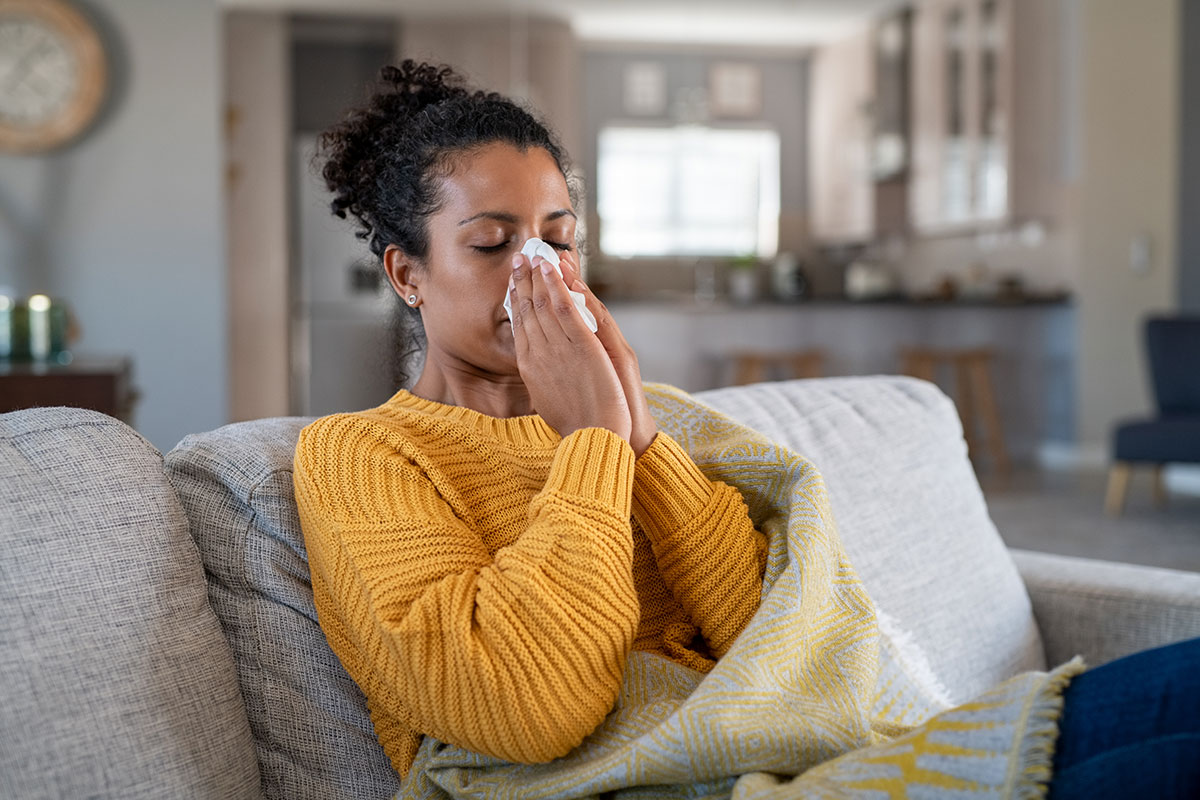It may be easy to blame seasonal allergy symptoms on the rising temperatures outside. Anyone used to the sneezing, coughing and wheezing usually associated with pollen and ragweed may need to take a closer look inside. Even the cleanest homes have hidden allergens that can exacerbate symptoms.
Alyssa Gruen, APRN with Northeast Medical Group said some of the most common allergens found in the home are dust mites, mold and pet dander. You can find these allergens on:
- Clothing
- Drapes
- Wool blankets
- Down comforters or pillows
- Carpeting
- Ceiling fans
- Upholstered furniture
- Book shelves
- Bathrooms
- Flower arrangements
- Perfumes
- Pet or children’s toys
“As the weather starts to warm up you get more humidity and that can trap allergens. You get more of the mold and the dust can stay put so even running dehumidifiers will help,” Gruen said.
She recommends eliminating allergy sources and giving ignored parts of the home a deep clean every few months. A few ways to spring clean include:
- Toss drapes, blankets and pillows in the washing machine
- Dust the top of ceiling fans
- Clean forgotten bookshelves
- Remove clutter
- Get pets groomed
- Consider a professional cleaning for wall to wall carpeting
- Remember to change air filters
- Use a HEPA filter for air purifiers
Even adults who never experienced allergies before may start to develop symptoms later in life due to a move or even climate change. Sometimes patients may only exhibit one symptom such as congestion, hives or post-nasal drip.
Not sure if you are sick or have an allergy? An allergist can help determine what exactly you are allergic to in your environments. For example, “If you're always having symptoms around pets and want to confirm, is this the cat? Is it the dog? That would be a good time to get tested,” Gruen said.




